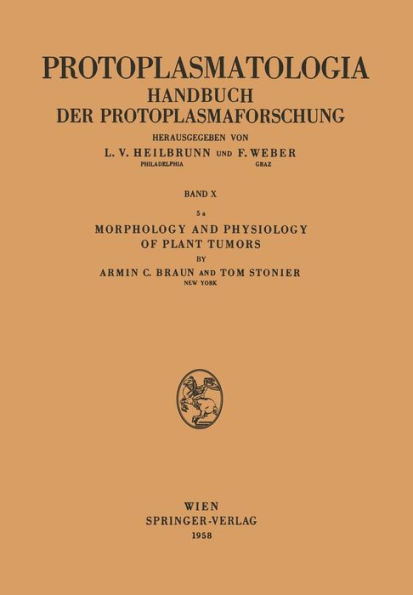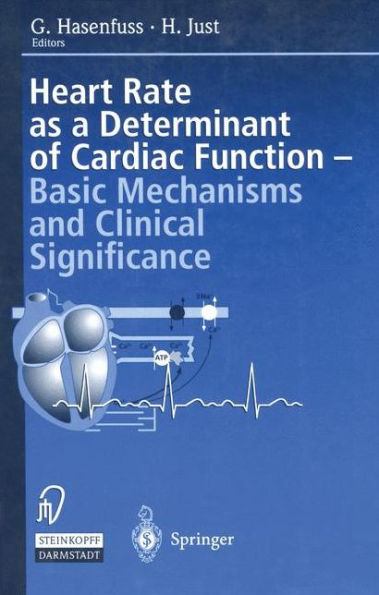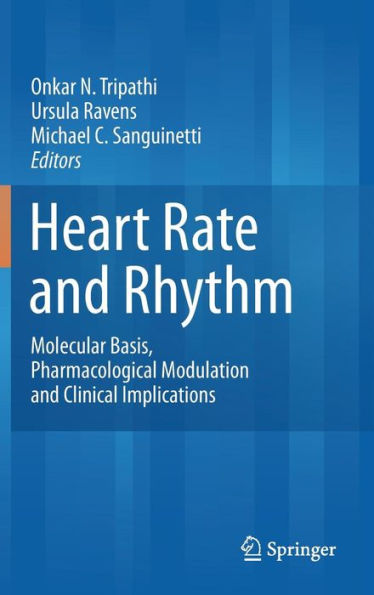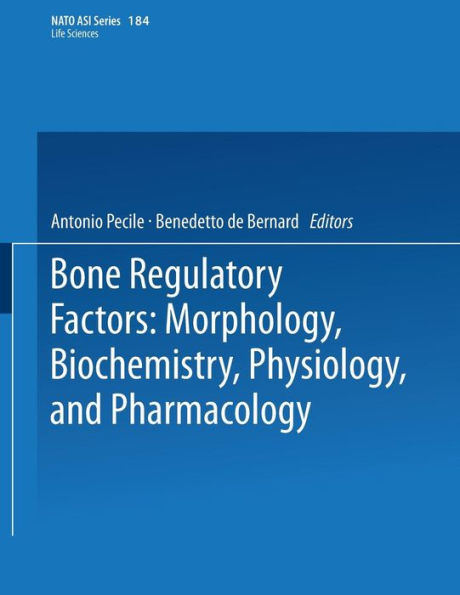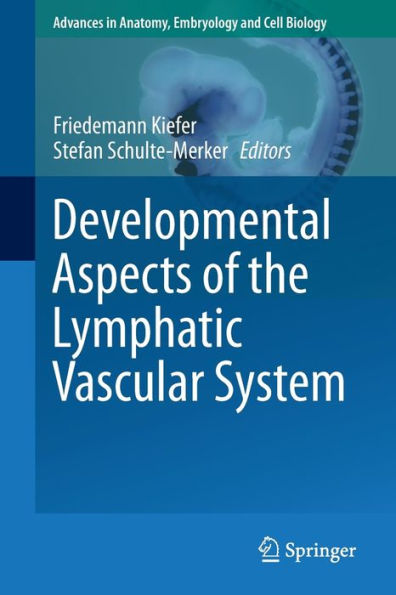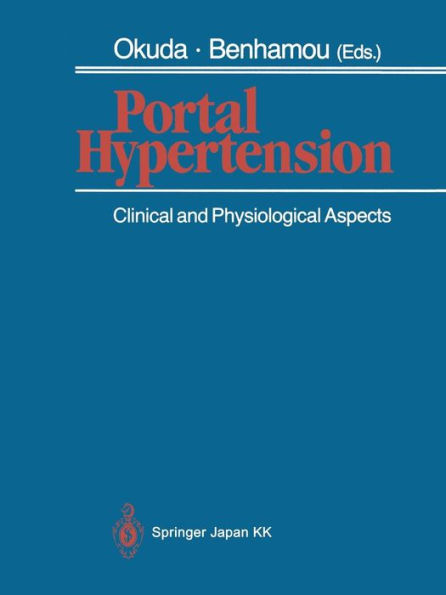Home
Cardiac Rate and Rhythm: Physiological, Morphological and Developmental Aspects
Barnes and Noble
Loading Inventory...
Cardiac Rate and Rhythm: Physiological, Morphological and Developmental Aspects
Current price: $54.99

Barnes and Noble
Cardiac Rate and Rhythm: Physiological, Morphological and Developmental Aspects
Current price: $54.99
Loading Inventory...
Size: OS
*Product information may vary - to confirm product availability, pricing, shipping and return information please contact Barnes and Noble
In the denervated state the mammalian heart, both in vivo and in vitro, is excited at very regular intervals, the coefficient of variance of the interbeat intervals not exceeding 2%. The pacemaker that is the source of this regular ex citation is localised normally within the sinus node (" sino-atrial node " node of Keith and Flack), a most intriguing small piece of tissue in the caval corner of the right atrium. A small portion of this node containing a group of probably only a few thousands of cells fires spontaneously, that means without any exter nal influence to trigger their activity. The so called pacemaker cells do this by letting their membrane potential fall to the level where an action potential will start which subsequently activates surrounding cells to fire an action po tential. The first question which is tackled in this book is which processes underly this spontaneous diastolic depolarization. This is discussed in section I, concerning the fundamental properties of pacemaker cells with special refer ence to ionic membrane currents. Although views still quite differ about the exact nature of the membrane processes that cause the automatic pacemaker dis charge there is agreement that diastolic depolarization is brought about by the interaction of a number of ionic current systems, including both inward and out ward going currents.
In the denervated state the mammalian heart, both in vivo and in vitro, is excited at very regular intervals, the coefficient of variance of the interbeat intervals not exceeding 2%. The pacemaker that is the source of this regular ex citation is localised normally within the sinus node (" sino-atrial node " node of Keith and Flack), a most intriguing small piece of tissue in the caval corner of the right atrium. A small portion of this node containing a group of probably only a few thousands of cells fires spontaneously, that means without any exter nal influence to trigger their activity. The so called pacemaker cells do this by letting their membrane potential fall to the level where an action potential will start which subsequently activates surrounding cells to fire an action po tential. The first question which is tackled in this book is which processes underly this spontaneous diastolic depolarization. This is discussed in section I, concerning the fundamental properties of pacemaker cells with special refer ence to ionic membrane currents. Although views still quite differ about the exact nature of the membrane processes that cause the automatic pacemaker dis charge there is agreement that diastolic depolarization is brought about by the interaction of a number of ionic current systems, including both inward and out ward going currents.

